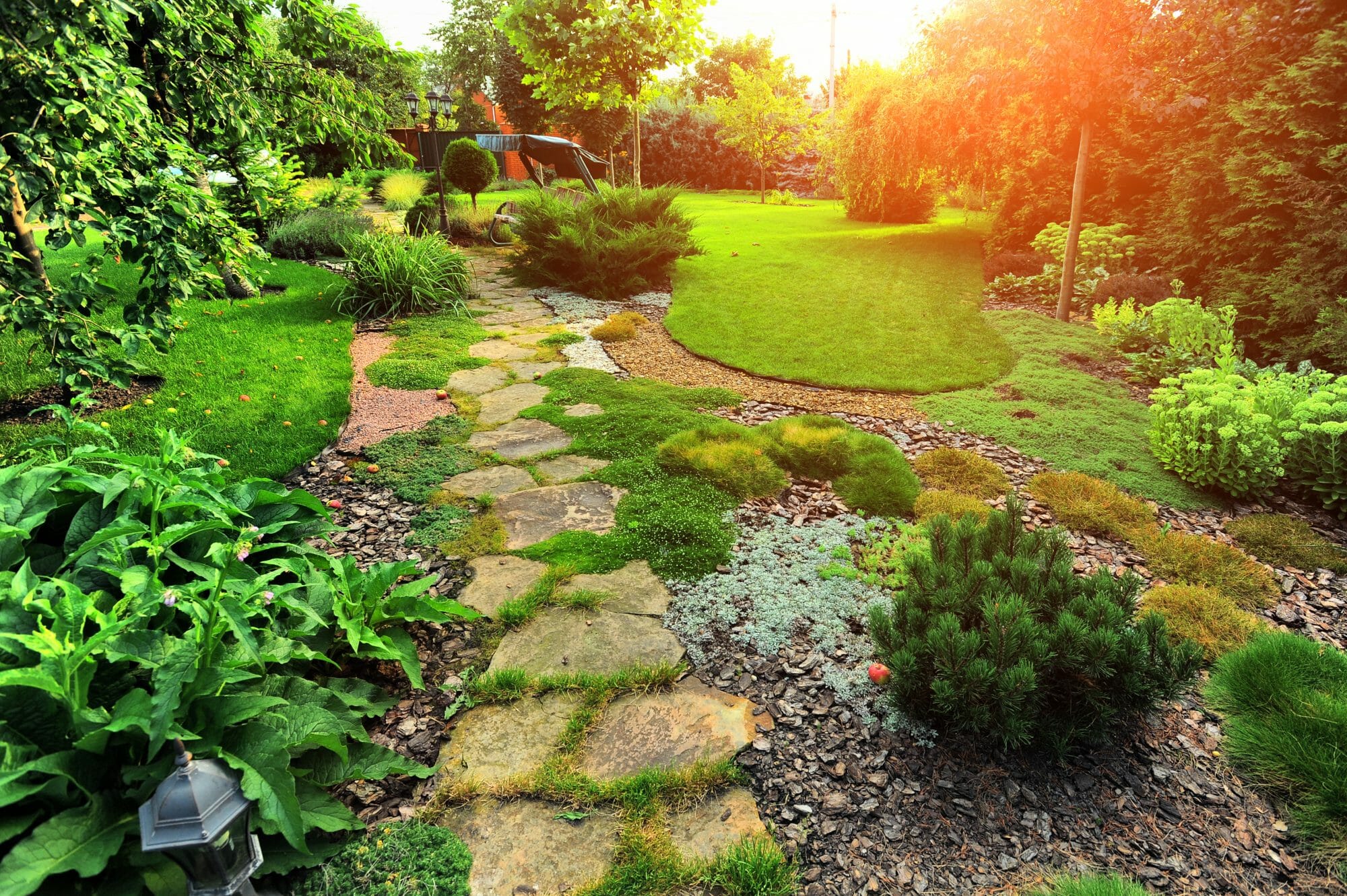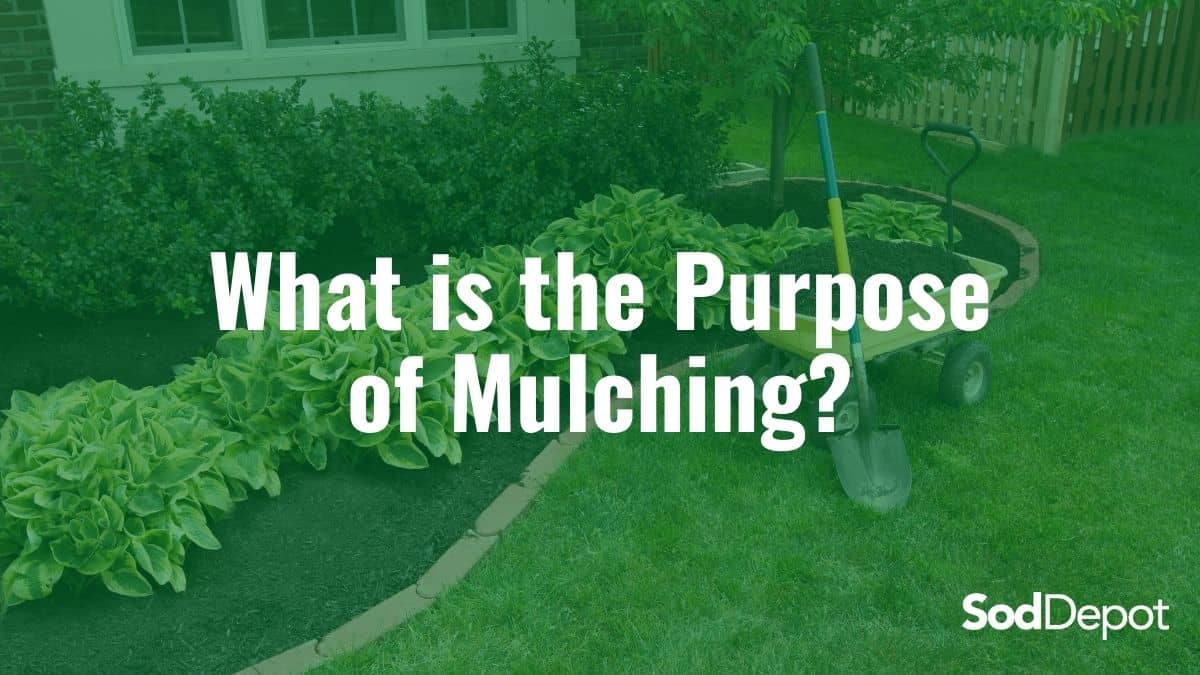The 9-Minute Rule for Hilton Head Landscapes
Table of ContentsThe smart Trick of Hilton Head Landscapes That Nobody is Talking AboutHilton Head Landscapes Fundamentals ExplainedGet This Report on Hilton Head LandscapesThe Buzz on Hilton Head LandscapesThe smart Trick of Hilton Head Landscapes That Nobody is Talking AboutIndicators on Hilton Head Landscapes You Need To KnowAbout Hilton Head LandscapesHilton Head Landscapes Can Be Fun For Anyone
Type compatibility is additionally a major part of unity in designone or more strikingly different kinds are excellent for comparison and emphasis, but typically all various other types must have some resemblances for a linked appearance. Structure refers to just how crude or great the surface area of the plant or hardscape product feels and/or looks.
Examples of plants with coarse appearance include philodendrons, agaves, bromeliads, hollies, hands, and hydrangeas. Hardscape with crude structure includes rough-cut stone, rough-finished block, and incomplete timber with knots and an increased grain. Aged or old building and construction product that preserves a weather-beaten surface area is usually coarse in texture. Attributes that produce great appearance include little foliage; thin, strappy fallen leaves (lawns) or high, thin stems; little, dense twigs and small branches; long stems (creeping plants); and little, delicate blossoms.
Hilton Head Landscapes Things To Know Before You Get This
Most plants are moderate texture, in that they can not be explained as having either crude or great appearance. Medium-textured plants act as a background to web link and unify the rugged- and fine-textured plants.

To make a space feel smaller, position the crude textures along the outer perimeter and the great textures closest to the audience. The detail of the rugged structure makes the plants appear closer and makes the room really feel smaller sized. The perceived structure of plants can likewise change with the distance from the plant.
7 Simple Techniques For Hilton Head Landscapes
Vibrant colors increase the comparison and make the appearance appear coarser, while muted shades can flatten appearance. Hardscape with a rugged texturesuch as extremely harsh rocks and strong, big timberstends to make all plant product show up much more moderate distinctive. Designers frequently develop a structure research study (Figure 8) theoretically to help determine the plan of plant materials.
Color in plant material and hardscape adds passion and range to the landscape. Color is the most conspicuous component in the landscape and is typically the emphasis of a lot of homeowners; nonetheless, it is also the most short-lived element, normally lasting just a few weeks a year for private plants.
Hilton Head Landscapes - An Overview
An easy summary of the shade wheel includes the 3 main colors of red, blue, and yellow; the three second colors (a mix of 2 primaries) of environment-friendly, orange, and violet; and 6 tertiary shades (a mix of one surrounding key and second color), such as red-orange. Color theory discusses the partnership of shades per various other and exactly how they should be made use of in a make-up.

Comparable (often called harmonious) color schemes are any kind of 3 to 5 shades that are surrounding on the color wheel, such as red, red-orange, orange, yellow-orange, and yellow, or blue, blue-violet, and violet (Landscapers near me). The colors are related per other because they typically consist of two primaries blended to develop a second and 2 tertiary shades, which suggests they share usual residential properties
They often tend to have see here high contrast between them. The most typical sets are violet and yellow, red and green, and blue and orange. Corresponding shades are commonly found normally in blossoms; a typical pair is yellow and violet. Shade is discovered in the blossoms, foliage, bark, and fruit of plants.
Some Ideas on Hilton Head Landscapes You Should Know
Green foliage in all its different shades is the dominant shade by amount, yet other colors catch focus a lot more readily as a result of their high comparison to the color eco-friendly. Shade is also discovered in structures, rocks, pavers, timber, and furnishings. A lot of shades in all-natural products, such as stone and wood, are usually soft and tend to be variations of brown, tan, and pale yellow.
Shades have residential properties that can influence feelings, spatial perception, light top quality, balance, and focus. Cool shades tend to be relaxing and must be utilized in locations for leisure and serenity.
An Unbiased View of Hilton Head Landscapes
The "temperature level" of colors can additionally impact the assumption of distance. Trendy colors often tend to recede and are viewed as being further away, making a space really feel larger. Cozy shades often tend to advancement and are regarded as being closer, making an area feel smaller sized. Color can additionally be used to record attention and direct views.
For instance, bright yellow, which has the greatest strength, additionally has a high comparison with all various other colors (commonly referred to as a "pop" of color) and should be conserved. A tiny quantity of intense color has as much visual weight as a big amount of an extra suppressed or weak shade.
Comparable (occasionally called unified) color design are any type of three to 5 shades that are surrounding on the shade wheel, such as red, red-orange, orange, yellow-orange, and yellow, or blue, blue-violet, and violet. The colors are related per various other due to the fact that they generally include two main colors blended to form an additional and two tertiary colors, which means they share typical residential or commercial properties.
What Does Hilton Head Landscapes Do?
They have a tendency to have high comparison between them. One of the most common collections are violet and yellow, red and environment-friendly, and blue and orange. Corresponding colors are often located naturally in flowers; a typical pair is yellow and violet. Color is located in the flowers, foliage, bark, and fruit of plants.
Environment-friendly foliage in all its numerous shades is the leading shade by quantity, yet other shades capture focus more easily because of their high comparison to the shade green - landscaping hilton head sc - https://pastebin.com/u/h1tnhdlndscps. Color is likewise located in buildings, rocks, pavers, wood, and furnishings. Many colors in natural materials, such as stone and timber, are usually muted and tend to be variations of brownish, tan, and pale yellow
The 3-Minute Rule for Hilton Head Landscapes
Colors have residential or commercial properties that can affect emotions, spatial understanding, light high quality, equilibrium, and focus. Great colors tend to be calming and ought to be used in areas for relaxation and tranquility.
The "temperature" of colors can additionally impact the perception of distance. Trendy shades have a tendency to recede and are perceived as being farther away, making a room really feel bigger. Cozy shades often tend to advance and are perceived as being more detailed, making a room really feel smaller sized. Shade can likewise be utilized to record focus and straight views.
For instance, intense yellow, which has the highest possible intensity, also has a high comparison with all other shades (usually referred to as a "pop" of color) and should be made use of sparingly. A little amount of intense shade has as much aesthetic weight as a large quantity of a more restrained or weaker shade.